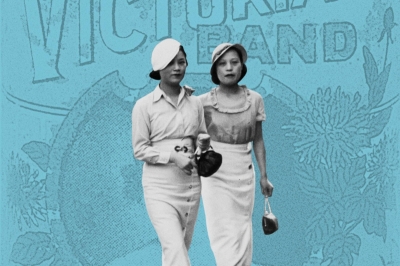NEW YORK — I first met U.S. Secretary of Defense Robert McNamara, who presided over the U.S. buildup in Vietnam, in the summer of 1967. I had just returned from a trip to South Vietnam, where, as a reporter for The New Yorker, I witnessed the destruction, by American air power, of two provinces, Quang Ngai and Quang Tinh.
America's policies were clear. Leaflets dropped on villages announced, "The Vietcong hide among innocent women and children in your villages. If the Vietcong in this area use you or your village for this purpose, you can expect death from the sky."
Death from the sky came. Afterward, more leaflets were dropped, informing villagers, "Your village was bombed because you harbored Vietcong. Your village will be bombed again if you harbor the Vietcong in any way." In Quang Ngai province, some 70 percent of villages were destroyed. I was 23 at the time, and had no notion of what a war crime was; but later it became clear that that was what I was witnessing. (Five months later, in March of 1968, American troops committed the massacre at My Lai.)

















With your current subscription plan you can comment on stories. However, before writing your first comment, please create a display name in the Profile section of your subscriber account page.